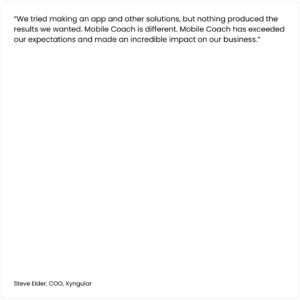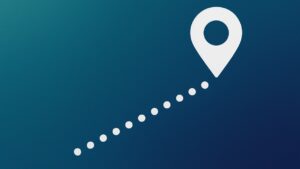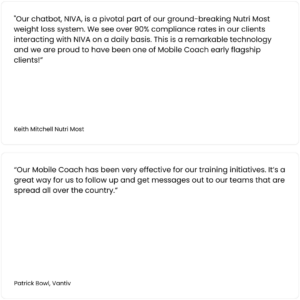The Data We’d Love to Have
In this age of technology pervasiveness, it’s easy to assume that we have access to all the data we need to make smart decisions when it comes to designing learning and development programs. After all, everyone has their smartphones seemingly permanently attached to their hip, capturing where they go, what they say, what they see, etc. We have our HRIS, LMS, CRM and other systems that track tasks and due dates and priorities. We read articles about Big Data and data mining, implying that there is so much data (maybe even too much data) that all we need to do is sort it all out!
And yet, L&D professionals still lack some of the most critical pieces of data to effectively meet learners where they are. Here are my top five items of data I’d love to have to improve learning programs:
What are my learner’s real-time skill and knowledge gaps?
360° reviews and personality or performance assessments are designed to gauge what learners do well and where there is room for improvement. But these results often feel too abstract and high level. What if we knew exactly what a learner needed to know or do for a specific situation? For example, if a salesperson is heading into a sales pitch with a new prospect in an unfamiliar industry, could we deliver an on-demand learning module where she could quickly learn what to say, how to say it, and how to best position our products and services for that industry?
Who are the most influential people around my learner to help coach, cheer, and hold them accountable?
We all know that our social circle has a huge influence on us for good and for bad. Leveraging this powerful group to help us learn can be one of the biggest factors in learning success. But this group is not found in a neat, organized list not to mention that this group can be constantly changing. If we could know who had the most influence on our target learner at any given point, we could leverage these people in a powerful way to teach and reinforce.
How much time does a learner actually spend on learning? When is the best time to engage them in a learning activity?
Each day seems to get busier than the previous day, and unfortunately, in that kind of environment, learning is one of the first activities to fall off the priority list. That said, there are moments during the day when the learner has the perfect opportunity to review, practice and apply new skills and knowledge. If we knew when these moments occurred, we could deliver the perfect amount of content and engagement to the learner.
What devices are best to engage learners in a learning activity?
With the introduction and rise of smartphones, tablets, phablets, netbooks, Chromebooks, smartwatches, smart speakers and alike, people are moving between devices quickly and often and different learners may prefer different devices. If we could know exactly what devices learners prefer, we could more perfectly design experiences to meet them where they are.
What is the best method of learning for each individual learning style?
Understanding learner tendencies and style can help us know what really helps people change and grow. Of all the content we present, which idea made it all click for the learner and made them decide to put in the effort and make a real change for the better? What factors added to that moment, beyond just the content itself? How did that moment become a sustained change in the learner’s behavior? If we could crack this code, think of everything we’d be able to do for learners of any kind!
Imagine having reliable data on these five elements – your confidence level of really being able to measurably help them would be significantly increased. As we continue to implement technology platforms to support our learning programs, let’s keep the end in mind in terms of ensuring we get the right pieces in place to collect and track the most valuable pieces of data.
What else am I missing? Please comment below (if blog) or email me with your suggestions.





